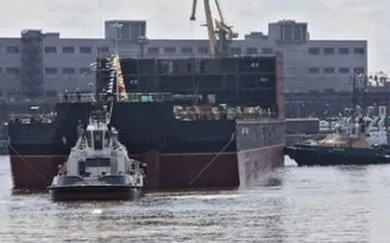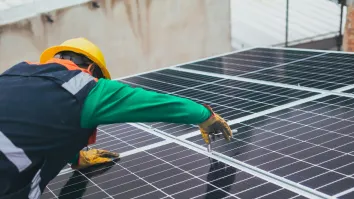
China and Russia to build floating nuclear power plants
Says these ship-borne plants are cheaper and easier to build.
A Russian energy official has revealed that China and Russia intend to collaborate on the production of ship-borne nuclear reactors. This will involve the conversion of ocean-going vessels into floating power stations by using naval reactors to generate heat and electricity.
A single floating power plant equipped with two nuclear reactors is capable of generating enough heat and light for a population of some 200,000. The total construction cost is around US$600 million.
The Russians first pioneered the development of floating power stations at the turn of the century under the direction of the country’s Ministry of Atomic Energy (Rosatom). To generate electricity, the ship-borne power plants use engines of nuclear-powered icebreakers and submarines.
The Russians will likely provide core technology and knowhow while the Chinese will build the ships used as floating power stations. The partners plan to begin large scale production of the ship-borne nuclear plants by 2014.
Rosatom officials claim floating nuclear power stations provide a safe, convenient and environmentally friendly source of energy especially suited to medium-sized population centers. They also claim floating stations enjoy significant advantages over traditional land-based facilities such as ease of construction and comparatively modest cost.



















 Advertise
Advertise







